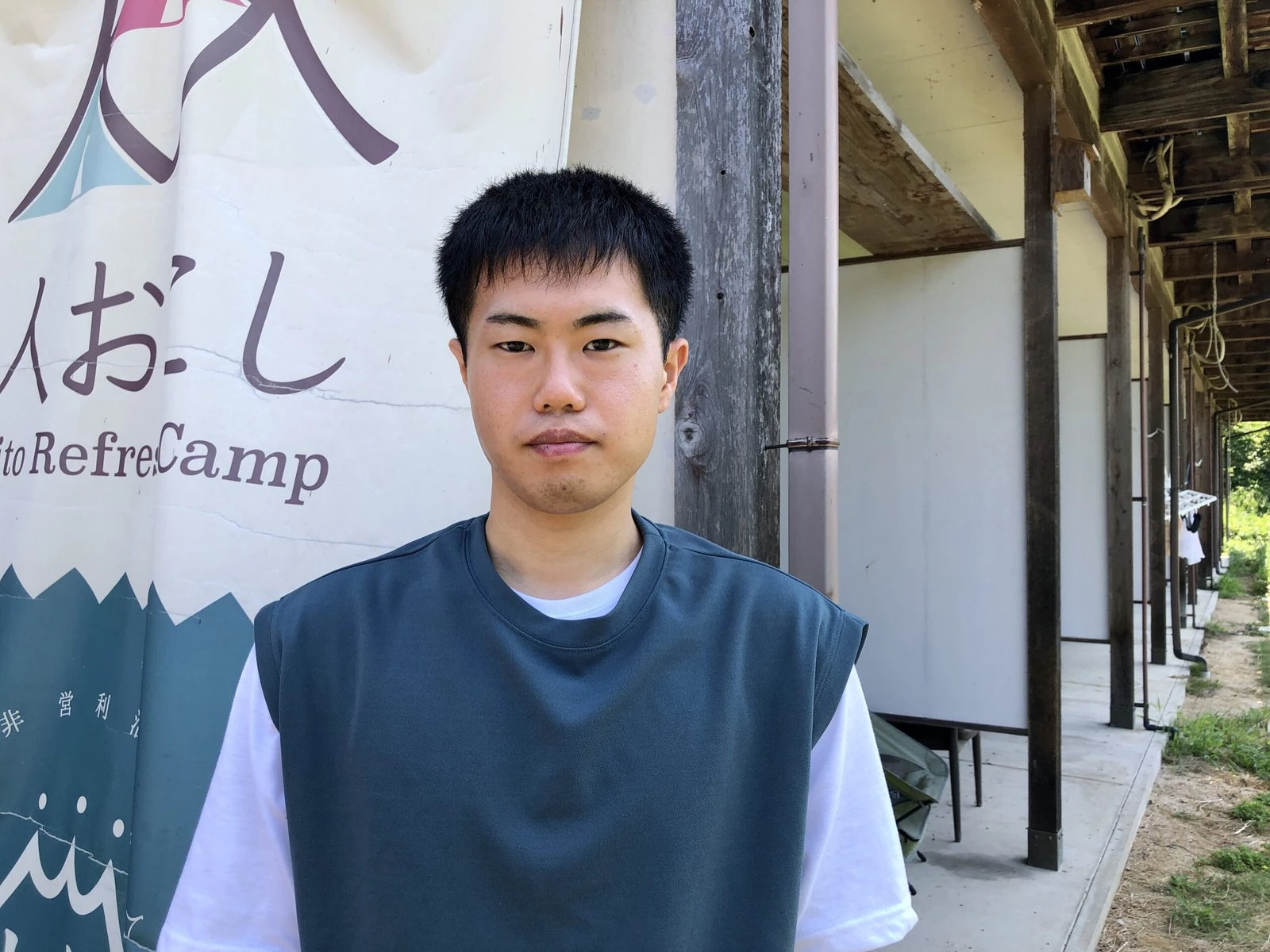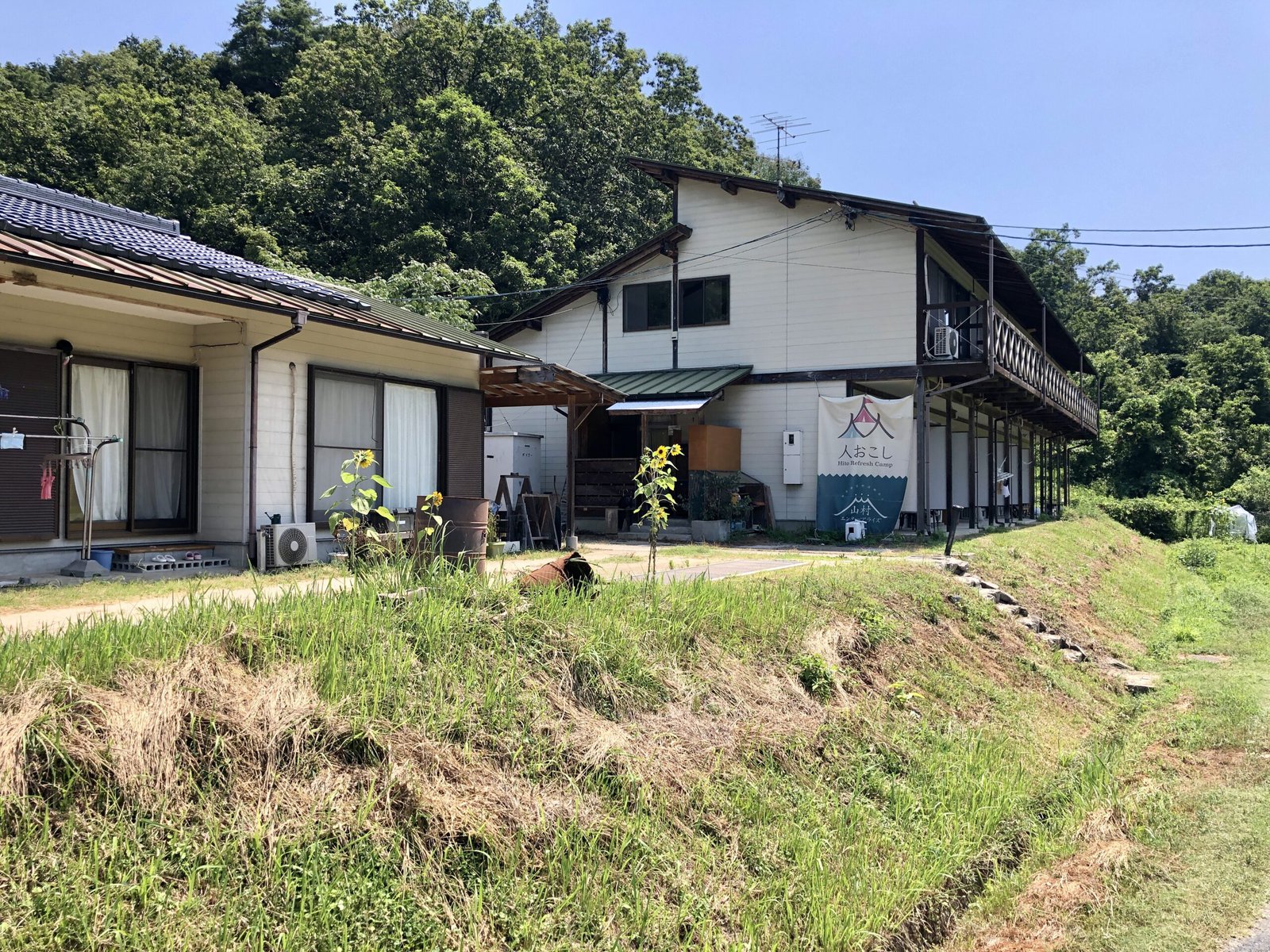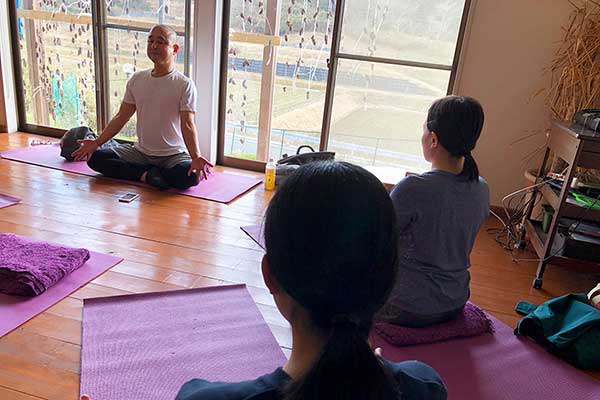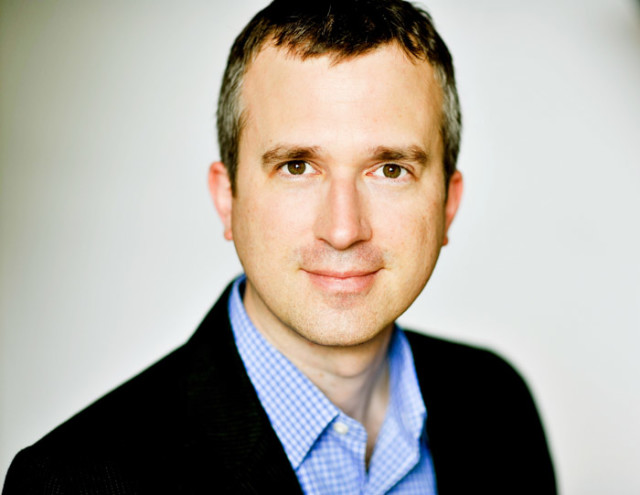

The Great Recovery is a series examining how a surge in innovation, outreach, access and attention to equity is improving our mental health system. It is supported by a grant from Wellcome Trust.
In 2017, soon after Kodai Yoshimura left his quiet hometown near the Sea of Japan for the bustling city of Osaka, something in his mindset began to shift.
His freshman year at Kansai University was supposed to be a time of new experiences and friendships. Instead, Yoshimura found himself losing interest in his studies. He began skipping class, and started spending more and more time holed up in his apartment, where he spent hours glued to his PlayStation 4, often until 3 a.m.

As first-person shooter games like Call of Duty absorbed his days and nights, he began avoiding people and venturing into public as little as possible. Within a few months, he had become a hikikomori, a social recluse.
“It’s not like I was bullied or anything,” says Yoshimura, now 26, recalling those days of isolation. “I just didn’t want to see other students.”
“It’s extremely rare for long-term hikikomori problems to be resolved through the self-help efforts of the individual and their families alone,” University of Tsukuba psychologist Tamaki Saito, the author of Hikikomori: Adolescence Without End, told Nikkei Gooday online magazine.
As the number of hikikomori has grown, a number of organizations have emerged — some run by former hikikomori themselves — to help them reintegrate into society. It is a delicate, painstaking process, sometimes unfolding over the course of months or even years. But for those who benefit from it, the experience can be transformative.
The stereotype of Japan’s hikikomori falls along familiar lines: young loners, usually male, who shut themselves off from the world to avoid others and indulge their otaku (a Japanese term meaning passionate fan) obsessions with video games, anime, manga or some other pop culture pastime.
The reality is different. Out of a population of 125 million, an estimated 1.46 million working-age Japanese live as hikikomori. That’s about two percent of people between age 15 and 64, according to an April 2023 Cabinet Office survey based on responses from 11,300 people chosen at random. Women make up nearly half of hikikomori. And while the stereotype is someone who is alone all day, some live with family members or even spouses, yet are still cut off from society.
“Hikikomori was a youth problem in Japan until around the 2000s,” says Tadaaki Furuhashi, an associate professor in the department of psychopathology and psychotherapy at Nagoya University, noting that Yomishi Kasahara described a similar condition as “apathy syndrome” back in the 1970s. “Today, in Japan, the prolongation and aging of hikikomori have become an extremely serious problem.”
As Japan struggles with rising welfare costs, labor shortages and distraught family members of hikikomori, there is a growing desire to understand why a million and a half Japanese are choosing to live in isolation. Yet researchers have few answers. Even though hikikomori behavior has been identified in other countries — a recent Scientific American article declared that “Covid Threatens to Bring a Wave of Hikikomori to America” — its root causes remain poorly understood. An analysis in Frontiers in Psychiatry describes hikikomori as a “phenomenon,” not a specific mental illness, though underlying mental illnesses are thought to often be contributing factors. About half of hikikomori who are examined by health professionals are diagnosed with a mental illness, such as anxiety, personality or mood disorders, as well as schizophrenia or developmental disorders such as autism.
Furuhashi has examined the relationship between internet and game addiction and hikikomori behavior and says that while they are not the cause of social withdrawal, they can be facilitators.
“Several studies have shown a correlation between hikikomori and internet or game addiction,” Furuhashi says. “In my clinical experience, I can say that it is difficult for people who are immersed in the internet and games to get out of social withdrawal.”
For Yoshimura, the Kansai University student, that nudge came from his family. Within months of starting school, his withdrawal from society began exacting a toll. With his sedentary lifestyle, he gained more than 20 pounds, and his absenteeism from classes dimmed his prospects for graduating. When he finally visited his family the following summer, his parents suggested he leave school and try something different: a home for hikikomori in neighboring Okayama Prefecture. After spending some time getting his driver’s license, Yoshimura decided to give the group home a try.
So, in 2017, not knowing exactly how long he would be gone or what he would find once he arrived, Yoshimura packed his bags and headed for the hills.
He arrived at Hito Refresh Camp, a relatively new therapeutic concept aimed at helping hikikomori — it is part support home, part collective farm. Its Japanese name is Hito Okoshi, literally “person revitalization,” similar to machiokoshi, or “town revitalization,” a term often used in attempts to rejuvenate Japan’s hinterland communities. The camp sits deep in the wooded hills of rural Okayama, down a winding road that branches off the expressway and wanders past sprawling fields and old farmhouses topped with glistening black roof tiles. Hito Refresh Camp is located over 90 minutes by car or train from any major city, lending it a sense of unusual remoteness in a country linked by excellent transportation infrastructure.

At the time of my visit, about 17 hikikomori were living there, segregated into male and female dorms, each paying about 128,000 yen ($880 USD) a month for a new start. Surrounded by lush rice paddies and forested hillsides, it’s a peaceful place that encourages soul-searching, manual labor and — in baby steps — human interaction.
Stepping into the two-story male dorm, I’m shown the dining room, kitchen and some of the quarters. The rooms are small but clean, each holding a single bed, a desk and some space for storage. In the kitchen, a couple of residents prepare a pasta lunch together. They answer my questions politely, but aren’t eager to chat. The other residents are in their rooms, their doors closed. It’s as quiet as a library.
Each resident — even the ones cooking together — seems to exist in their own world. But pretending you reside in isolation at Hito Refresh Camp is not allowed. At a minimum, the residents are required to keep up the house communally, including taking turns cooking and cleaning. Beyond that, when they’re ready, they can participate in collective farm work such as cutting grass. All of these activities involve interacting with staff, counselors and locals, who impart skills, join monthly parties or go on excursions, such as visiting karaoke parlors, cherry trees in bloom, or the famous sand dunes of Tottori Prefecture, with the other residents.
“There was a former manager who was very particular when it came to making curry powder, yielding great results, and I thought, ‘Wow, I want to do that,’” says Yoshimura. “So I began researching recipes for my favorite dishes like sautéed chicken marinated in ketchup and gochujang paste. I realized that in cooking for others and having a part-time job, you develop a sense of responsibility, an awareness that people are depending on you — something I didn’t have in university.”
That responsibility for others — putting it into practice day in and day out — eventually gave Yoshimura the confidence he needed to step out of seclusion.
Six months after he had arrived, he was in his room packing the same bags he had arrived with. He moved out of Hito Refresh Camp and rented an apartment nearby. He landed a full-time job in nursing care, spending his days caring for local seniors, doing everything from bathing them to helping them access government services — a job that involves daily, intimate human interaction.
Today, five years into the job, Yoshimura is working toward becoming a care manager, a professional social worker who helps ensure the needs of elderly people are met. On his days off, he sleeps, goes to the gym and plays ping pong at the sports center. He still considers himself a loner, and says he doesn’t have anyone he’d call a friend, but he rarely plays video games anymore, and interacts with people regularly. His life, once lived behind walls, is now lived out in the world.
Yoshimura’s stay at Hito Refresh Camp lasted six months, but the average stay is 11 months, and the home once had a resident stay for four years. Others stay for only a month or two before deciding it’s not for them. Of the 17 residents currently living there, only two stay in their rooms all the time except for cleaning and cooking duties.
About half the residents have a mental disability or illness such as autism spectrum disorder, bipolar disorder, or depression, according to Hirotsugu Noto, representative director of Sanson Enterprise, the nonprofit organization that runs the shared house. When residents are ready to move on, Noto and other staff help them live independently with support plans for finding work and a place to live.

Originally a high school teacher and later a graphic designer, Noto moved to Okayama after the devastating earthquake and tsunami that struck off his hometown of Sendai in 2011. He became interested in rural revitalization, launching a project to draw dropouts and unemployed youth — sometimes referred to by the acronym NEET for “not in employment, education or training” — to the depopulated countryside, where they could live in its many vacant homes. He cofounded Sanson in 2016, opening Hito Refresh Camp in a building that had once been staff housing for a nearby golf resort. He focused on hikikomori as a growing demographic in need of some kind of viable treatment.
“I think the root of hikikomori is how difficult it has become to raise children in Japan,” says Noto. “There used to be a ‘community’ of people who helped with child-rearing in the past, with its own experience and wisdom built up over generations. But it’s now left to each family, and many mothers are doing it in isolation. Children are cut off from human relationships and later have trouble with communication. I believe hikikomori basically lacked love from their parents and surrounding family when they were kids, depriving them of confidence.”

Homes like Hito Refresh Camp aren’t the only forms of treatment. Some hikikomori try individual and group therapy, or a combination of the two. In a recent Frontiers in Psychiatry paper, Furuhashi described a case study in which two Japanese hikikomori university students spent three years participating in outdoor activities like running, cycling and interpersonal sports, such as badminton –– activities that aren’t threatening because their social interactions are controlled. They allowed the students to interact without triggering social fears, the researchers observed, adding that at the end of the intervention, “both had returned to normative levels of functioning.” One student went back to university classes and the other found a new job.

Noto says Hito Refresh Camp’s basic policy is founded on the experience and advice of its directors as well as doctors who specialize in fields such as psychosomatic medicine. Compared to the rules at other shared houses for shut-ins, Noto says those at the camp are quite lax.
He has seen many hikikomori come and go, and talks about some who have overcome their tendency for solitude and gone on to have romantic relationships. One 18-year-old man, whom we’ll call Tatsuro, moved into Hito Refresh Camp after falling out with his parents in Osaka. Struggling with autism spectrum disorder and ADHD, Tatsuro was very antisocial, staying in his room all the time, using abusive language toward others and refusing to participate in cooking and housework duties.
Despite this, after living at the dorm for a few years he began dating a fellow resident. Eventually, they both moved into an apartment together. The relationship didn’t last, and Tatsuro eventually bought himself a cheap car and lived out of it for a while. He found work as a day laborer here and there to pay for food and gas, but couldn’t hold down a steady job.
Earlier this year, Tatsuro, now 23, rolled up at Hito Refresh Camp on a motorcycle that his father had bought him. He announced he’d landed a full-time job as a forklift operator at an Osaka rail depot. It was ideal work: he’d always had an otaku passion for trains, and the pay was good. On top of that, he patched up things with his parents, found a new girlfriend and was saving up so they could live together. He was a far cry from the surly teen of five years earlier.
“We had lots of trouble with him, but little by little he turned his life around,” says Noto. “It’s hard to say if or when hikikomori can be ‘cured.’ What we do is help them live independently again by learning to live with others. They have loneliness in their hearts and a feeling that no one is looking out for them. We want to replace that with a sense of community, not only here but after they graduate.”
The uncredited photos in this story were taken by Maika Elan of hikikomori in their homes.
